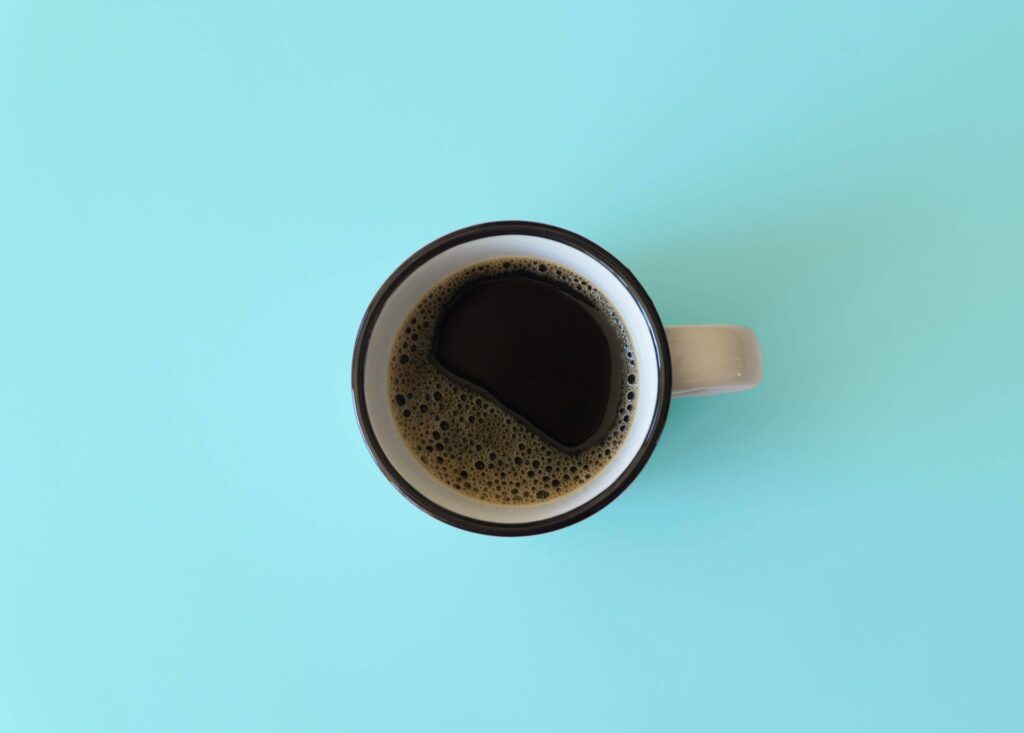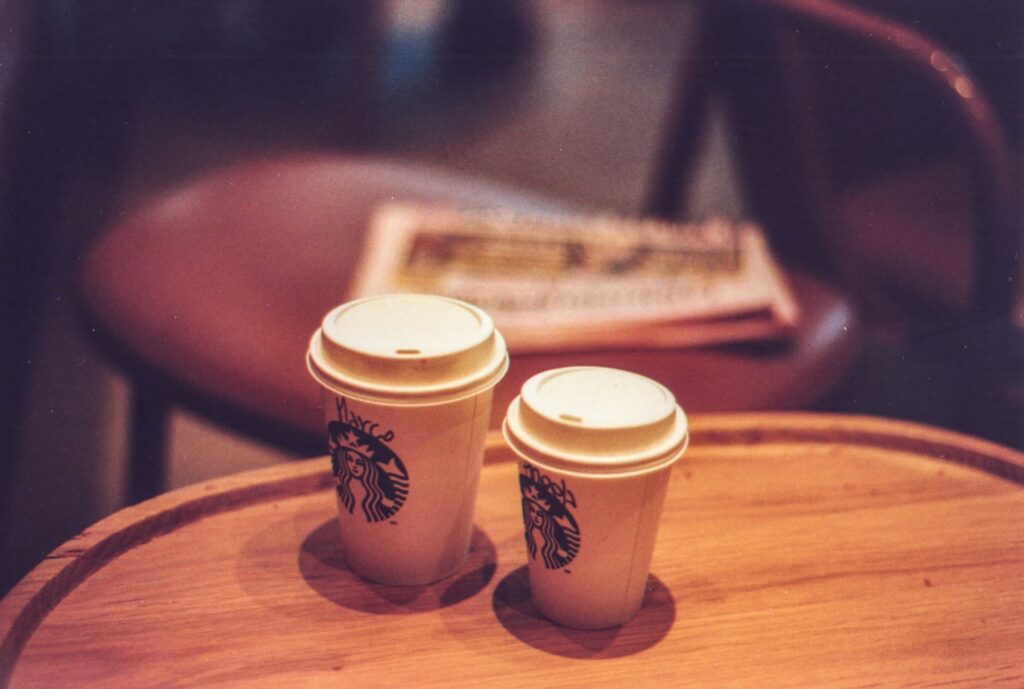
Quitting coffee is easier than you think. I know because I’ve done it twice. The first time was in 2019 when I gave up coffee to address anxiety. The second time was last month when I realized I was slipping back into coffee addiction and needed to quit the black gold again.
This post will guide you through quitting coffee with minimal headaches and pain. Unlike going cold turkey, which increases your chances of relapse, I’ll show you how to gradually reduce your coffee intake, making it as easy as possible to pull the plug.
The step-by-step process is coming soon, but first, let’s discuss a few good reasons to consider quitting coffee.
Three Good Reasons to Quit Coffee
First things first: I love coffee. There’s nothing more pleasurable than that first cup of warm, energizing dark liquid that brightens my day. But coffee consumption can lead to problems if we’re not careful.
Based on my experience drinking coffee daily for over a decade and then quitting, here are the best benefits of giving it up:
Anxiety Reduction: In 2019, I decided to tackle the anxiety I’d been struggling with since going broke the year before. On top of that, I was dealing with a demanding new career. I tried various solutions, but quitting coffee was the most effective. Coffee, while energizing, is a stimulant that can exacerbate anxiety, making it harder to manage. Giving it up was a game-changer in alleviating my anxiety.
Improved Sleep: Coffee’s stimulating effects also make it harder to sleep. While many people can drink coffee late and still sleep fine, I’m not one of them. Quitting coffee helped me sleep more deeply and restfully. Now, if I drink it on weekends, I make sure to stop by 1 PM to avoid disrupting my sleep later.
Able to Enjoy Those Energy Boosts: When I first drank coffee, it gave me an intense energy rush. Over time, my body adapted, requiring more to get the same effect. Eventually, I needed it just to function. Taking a break helped reset my body, allowing me to enjoy those energy boosts again when I drink it occasionally.
The One Thing Method for Quitting Coffee
When I quit coffee the first time, it was thanks to discovering a goal-setting and self-improvement framework called The One Thing.
There’s a whole book, website, and podcast dedicated to this framework, but as the name suggests, The One Thing teaches us to focus on “one thing”—usually a habit—until we’ve achieved our ultimate goal.
Rather than focusing on starting a new habit, I chose to focus on quitting coffee because that habit seemed to be the biggest thing holding me back. In my mind, removing my biggest barrier would unlock greater success.
Here are the 3 simple steps I took to shake free from my coffee addiction:
1) Establish Your Coffee Drinking Baseline
The first step to quitting coffee with minimal pain is to establish your current daily coffee intake. For me, it was about 2 cups per day, roughly 16 fluid ounces as measured on my digital kitchen scale.
You don’t need a scale, but you should at least know your average amount. Round numbers like 1, 2, or even 3 cups are fine—just make sure it matches your current intake, as we’ll gradually reduce from there.
2) Gradually Step Down Your Coffee Intake
With your baseline established, begin stepping down your coffee intake over days or weeks. For example, if your baseline is 2 cups, reduce it to 1.5 cups per day and hold that amount for several days up to a week before reducing further.

This gradual reduction will help your body adapt and make it unlikely you’ll experience the headaches and body aches that come with going cold turkey. You may feel a slight twinge of lethargy, but it won’t be as intense as if you quit abruptly.
Note: The higher your baseline, the easier it will be to gradually reduce. Once you’re down to less than a cup, it can get trickier. This is where a scale can help, as you can measure precise amounts. When I quit, I used my scale to measure 2-ounce reductions once I was down to a cup per day or less, until I was ready to quit completely at around 2-4 ounces.
3) Rip the Band-Aid – Quit Coffee Forever
Gradually stepping down your coffee intake gets you close, but at some point, you’ll still need to make the leap to a coffee-free life.
If it goes like it did for me, you’ll know when you’re ready. Over 2-3 weeks, my body adapted from 16 ounces of coffee a day to 4 ounces (about half a cup). It felt ridiculous to delay further, so I pulled the trigger after only 1-2 days at that amount.
Expectations are key. You should still expect some lethargy when you quit. After all, you’ve been drinking coffee long enough to essentially become addicted. Your body won’t let you quit without some pushback.
I recommend planning your quit day for Friday. That way, you’ll have 3 full days to adapt before returning to work. Just make sure you have a chill weekend, and all should go relatively smoothly.
Life After Coffee
Congratulations! You’ve successfully quit coffee the pain-free way—now what? That’s up to you. You might choose to replace your daily coffee ritual with matcha or another beverage of your choice. Or, you may decide to give up the daily beverage ritual altogether.
Another option is to give up coffee for a set period (3-12 months) to give your body a reset. The downside is that you might walk back into the addiction, but that’s not necessarily a bad thing, as coffee does have health benefits.
Personally, I’ve found a happy medium. I drink coffee as a weekend treat on Saturdays and Sundays, while sipping fresh homemade matcha during the week. This gives me the best of both worlds: smooth energy from matcha during my productive workdays and a little indulgence over the weekend.
Whatever you choose, I’d love to hear from you. How did your coffee-quitting journey go? What did you decide to do afterward?
Drop a comment below and let me know. And as I always say at the end of my posts—cheers!
